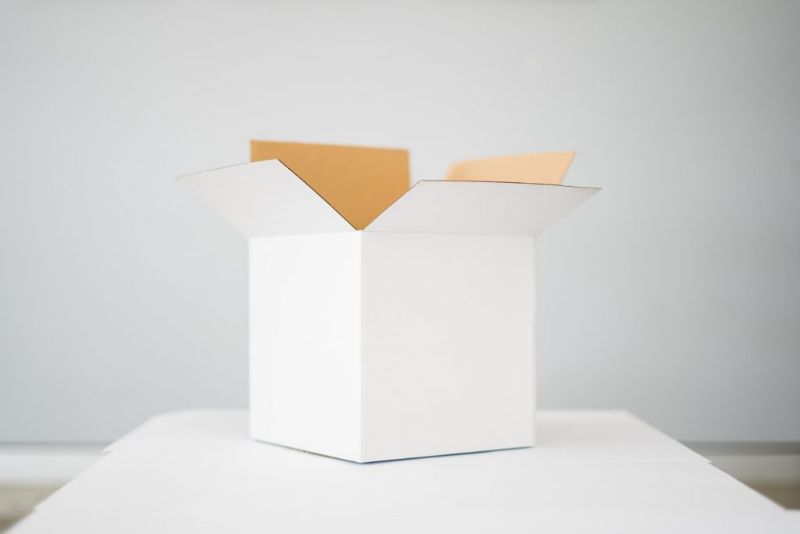Overview of Buying a Foreclosure
Buying a foreclosure can seem like a no-brainer. Who could pass up a rock-bottom price for a new home? If you’re looking to rent or flip a property, the lower the price you pay, the more profit you make. What’s not to like?

Well, buying a foreclosure property can work out well for the buyer — if not the previous owner, for whom it’s usually heartbreaking. But even if you can take advantage of the opportunity, buying a foreclosure requires some extra effort, research and patience.
What is foreclosure?
It’s a process by which a bank, a mortgage company or other lien holder seeks to take a property from an owner to satisfy a debt. The bank or lender may actually take ownership of the property or have the property sold to pay off the debt. The debtors lose all rights to the property and all of the investment they’ve put into it. Foreclosure is also an ugly mark on your credit report. For these reasons, understand that if you’re dealing with the previous owner, emotions can run high.
On the other hand, for the lender, a foreclosed property may be one of dozens or hundreds on the books. You may be dealing with an officer who knows little about the property and for whom selling the property is a low priority. The lack of urgency can drive a buyer crazy.
For you, “foreclosure” can mean different things as the process moves through three different stages.
Stage 1: Pre-foreclosure
At this point, the property owner has been given legal notice that the foreclosure process is about to begin. If the owner can’t cure the default and get the loan back into good standing, the only way to avoid foreclosure is to sell the property before the mortgage holder takes it away.
Buying a property in pre-foreclosure involves approaching the owner — usually before the property is listed for sale — and offering to buy it outright. The right buyer at the right time can salvage a terrible situation, giving the owner something to show for his equity and saving his credit score from that foreclosure hit. Time, and a smooth transaction, are of the essence. Read more about buying a pre-foreclosure property.
Stage 2: Foreclosure auction
If the owner can’t manage to hang on to the property, it will probably go up for sale in a foreclosure auction next. Successful bidders usually have to pay in cash at the time of purchase, and there’s not much time or opportunity to research the property beforehand.
A foreclosure auction offers some tempting bargains — but the buyer assumes all risk of anything going wrong with the title, condition or any other aspect of the property. It’s a big bet to make, and not for the faint of heart. Read more about buying at a foreclosure auction.
Stage 3: Bank-owned property or real estate owned (REO)
In contrast to the urgency of the earlier two stages, patience is essential for buying lender-owned properties. Once the mortgage holder takes ownership of the property, their eventual goal is to sell it to make back the unpaid loan amount.
“Eventual” is the key word here. Between clearing the title, performing necessary repairs, following the complexities of state-to-state foreclosure regulations and dealing with the many other foreclosed properties on their slate, lenders can move maddeningly slowly from a buyer’s perspective. If you’re in a hurry to buy, this might not be for you.
Also, unless you’re an expert in real estate law and transactions, it’s a good idea to seek the counsel of an attorney and/or real estate agent familiar with foreclosures. It’s not the kind of purchase where you want to wing it. Read more about buying a bank-owned property.
“Overview of Buying a Foreclosure”,Zillow.com. Last updated 5/11/2020.
For more information:
Contact the Karen Eagle Group to discuss your foreclosure questions.


